Knowledge infrastructure#
Why? Many of the important challenges we face as humanity rely on coordinated work of many experts and organizations. To be able to mobilize society-wide response to raise up to the scale of the challenge, we need to enable knowledge to be not only more easily accessible, but also more easily reused by domain non-experts. We also need more transparency into origins of expert insights, to enable progression when expert opinions differ, and to enable feedback from non-experts that might crucially expand our solution-space horizons. Existing solutions of knowledge dissemination and reuse are not fit for the scale of interdisciplinarity and coordination we have to achieve: we need a new knowledge infrastructure.
What? If we make good interfaces for finding and reusing knowledge, we can enable society-wide collaboration. Many people pointed in the similar direction over the history, from Vannevar Bush in “As we may think” (The Atlantic, July 1945), over Douglas C. Engelbart in “Augmenting Human Intellect: A Conceptual Framework” (October 1962) to Bret Victor in “The Humane Representation of Thought” (2014). What is maybe now more evident than ever is that knowledge accessibility is only the first step toward knowledge reuse and application in everyday life. A new knowledge interface has to enable better and easier learning, reuse and communication across the domain and societal boundaries.
How? By combining information technology at its best with physicists’ approach of progressive problem solving, it might be possible to provide necessary tools. The Internet is the perfect way to deliver these tools world-wide, and open-source is the only way to actively engage with a diverse community. Specific realized projects, which continue to be maintained and enlarged, are presented below.
Tip
For “live” services below you can verify status at Service status page.
Research, teaching & collaboration#
ARC (Alkali.ne Rydberg Calculator)#

ARC (Alkali.ne Rydberg Calculator) is package of routines written in Python, using object-oriented programming (OOP) to make modular, reusable and extendable collection of routines and data for performing useful calculations of single atom and two-atom properties, like level diagrams, interactions and transition strengths for alkali and divalent atoms. Gradually extended to be all-encompasing Python toolbox for atomic-physics calculations.
Atom calculator#
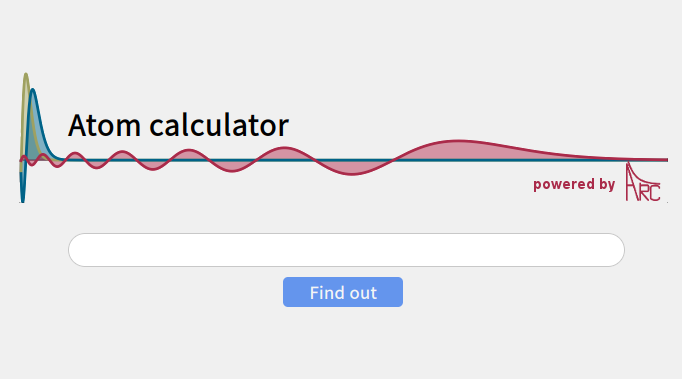
Web applications providing not only simple interface to ARC, but also generic scheduling of complex longer calculations, notificatoins when calculations are done, retrival of similar calculations, and interactive plots. This lowers boundary to use of scientific knowledge, by bringing state-of-the-art AMO knowledge from labs to pubs.
ResearchX3D#
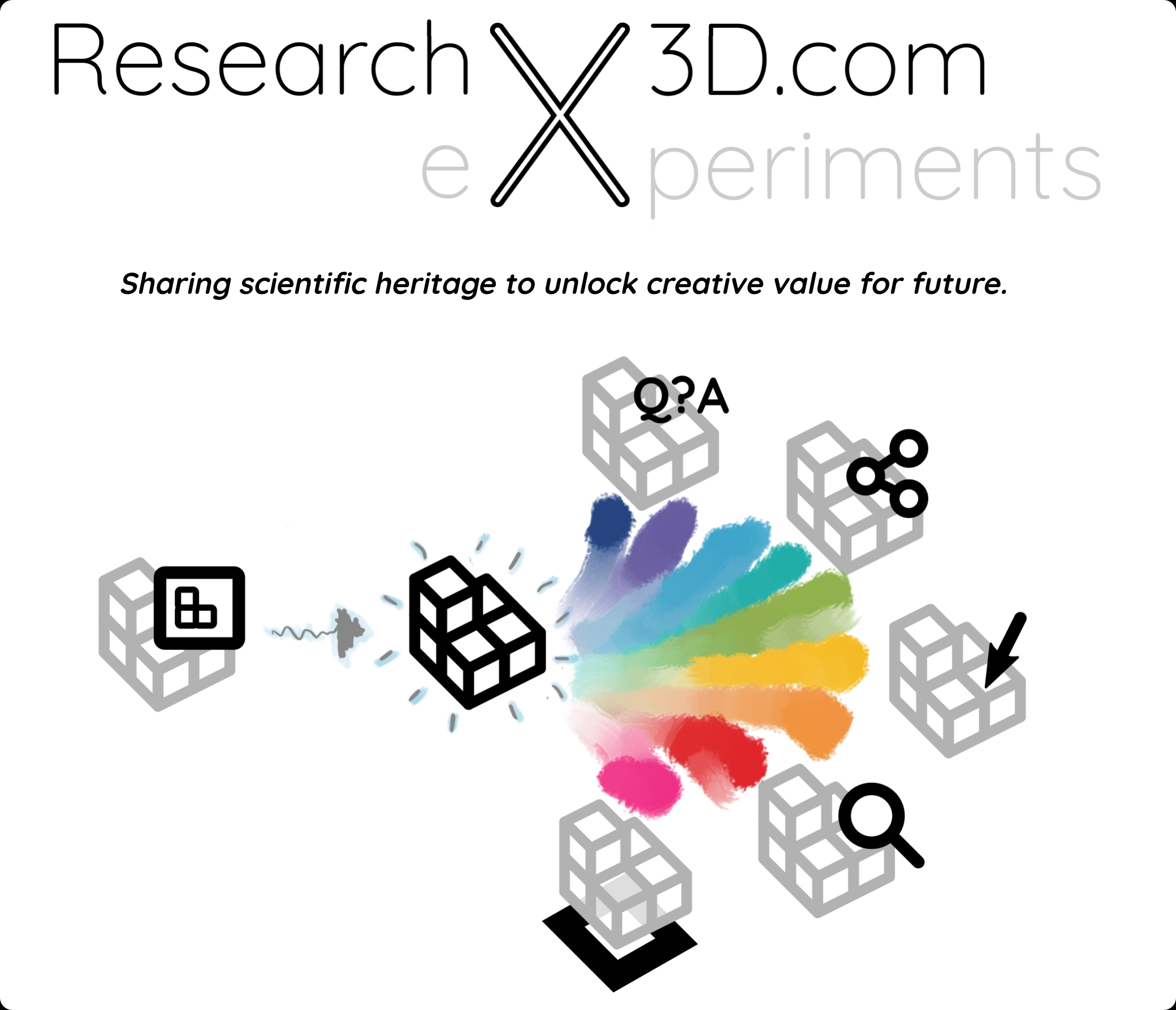
All science is experimental by definition, yet designing new experimental apparatus is usually not being explored with much detail in education. This is hard 3-dimensional problem, that requires interdisciplinary knowledge. ResearchX3D collects 3D models and makes also photogrametic reconstructions based on submited photographs of scientific apparatus from around the world. Models can be anotated with 3D pointers to “show-and-tell”, sound, equations, figures… and everything is available on 28 langauges. sorted by knowledge level (from primary school to research level).
Roundtable#
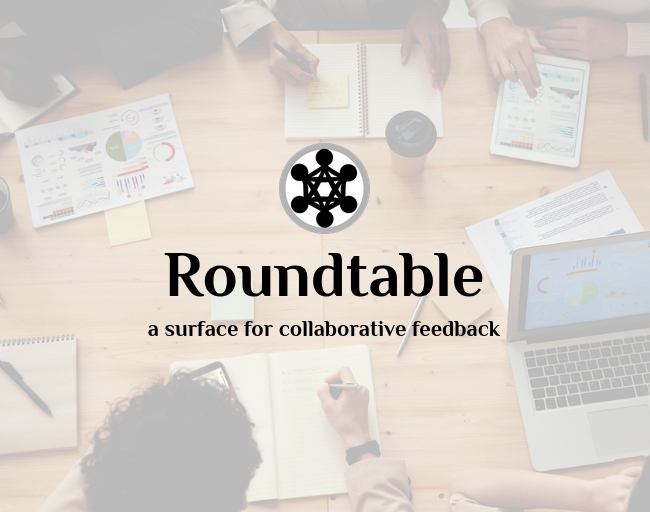
In real life meetings around Roundtable everyone can point and add their sketched idea on the presented material. Now we extend that experience for meetings with physical distancing, with many participants, or even with participants distributed around the world. Have engaging meetings with collaborative feedback using this distributed discussion surface! This is made for scientific discusisons, supports sharing and collective exploratoin and annotation of pdf, images, source-code, Jupyter notebooks, with free hand or with typed annotations (LaTeX included). You can download annotated samples and shared files. Everything is stored just among peers.
Caroline#
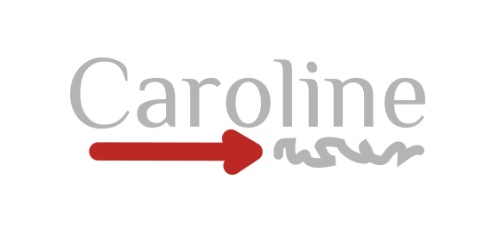
Caroline is open-source Python framework for interactive web/HTML+JS based science presentations. With Caroline you can show and annotate everything. Interface is minimalistic and focus is on content. Caroline blurs distinction between slides and whiteboard, between demonstration and derivation, and smoothly even crosses from one way lecturing to interacting with the audience allowing real-time note-taking, quizzes and even all-to-all collaboration. Caroline is made specifically not just to impress the audience but to allow you to do everything you possibly can to reach “aha!” moment of understanding and inspiration,
Interactive Publishing#
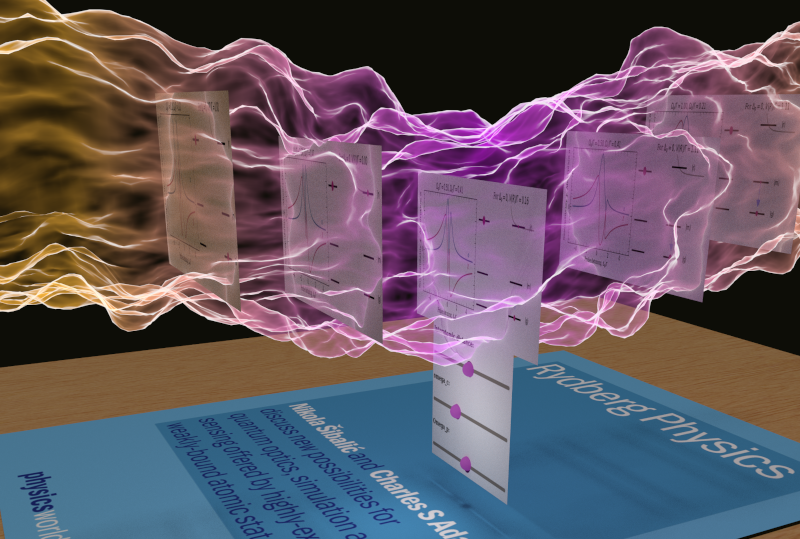
This project provides quick starting point for anyone who wants to experiment with interactive text and figures in their electronic publications (EPUB3 / HTML5 + JavaScript). One possible reason why one would use interactive text and figures is to communicate many possible stories to the audience, instead of usual single story line. See Physics World blogpost.
Society#
Carteevent#
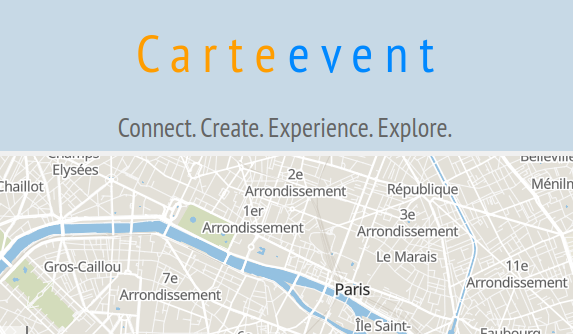
Simple web service that mines cultural events in Paris and around and geolocalizes them on the map. Events are sorted categorized, and events with category tags can be searched using logical AND and OR operators. This enables powerful features: instead of searching for individual “dancing”, “exposition” tags, you can easily see a map of “swing dancing or photo exposition” events for example. It allows saving the list of selected events and map views in your local browser memory too, giving strong privacy protection.
